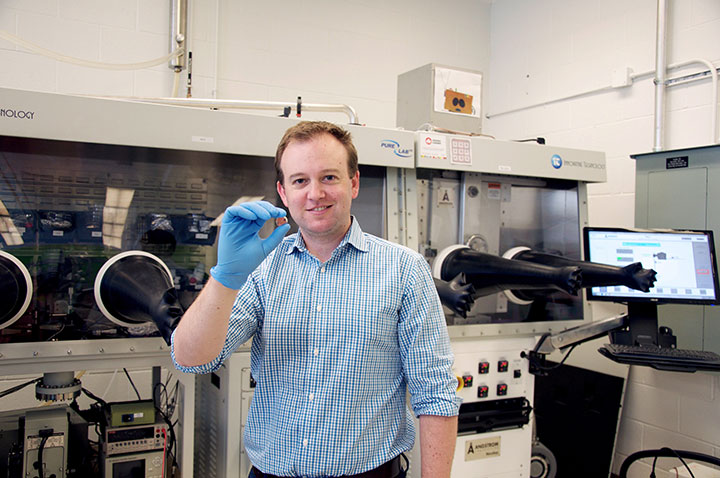Chemists from the University of Toronto have developed a vitamin-driven battery.

While it’s not exactly good for your health, it’s still a greener battery compared to those already on the market.
READ MORE: Sorry iPhone users — closing your apps doesn’t save battery power
“It’s a pretty safe, natural compound,” said Dwight Seferos, an associate professor in U of T’s Department of Chemistry and Canada Research Chair in Polymer Nanotechnology. “If you wanted to, you could actually eat the source material it comes from.”
This new battery is the first to use bio-derived polymers, long-chained molecules that are comprised of smaller molecules. It is also the first to use flavin from vitamin B2 to store the electricity.
A battery contains three parts: a positive terminal that is connected to a cathode inside a battery casing; a negative terminal that is connected to a anode; and an electrolyte solution where ions travel between the two. So if you’re using a device that requires a battery, electrodes flow from the anode in the device, outward and then into the cathode where the ions travel through the solution in the battery. This creates electrons which in turn provide electricity.
It’s in the cathode where the B2 is used. And the new battery has a high capacity and high voltage.
“We’ve been looking to nature for a while to find complex molecules for use in a number of consumer electronics applications,” said Seferos.
At the moment, the prototype is only the size of a hearing aid battery, but the researchers hope that their finding will lead to new, powerful, thin and perhaps even metal-free batteries in the future.



Comments